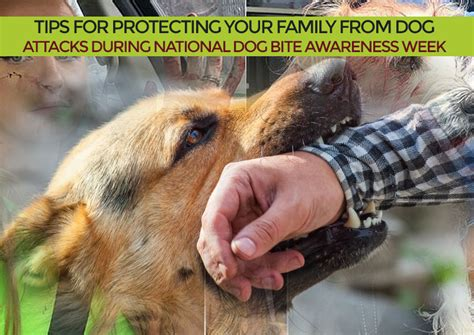Learn how to protect children from dog attacks with expert tips on teaching dog safety, creating a safe home environment, and understanding canine behavior.
As a parent and dog owner, I've experienced firsthand the joy and challenges of having both children and canines in the home. I'll never forget the day my toddler son reached out to hug our usually gentle Labrador while the dog was eating. In a split second, our beloved pet growled and snapped, narrowly missing my child's face. That terrifying moment taught me a crucial lesson about the importance of understanding dog behavior and teaching children how to safely interact with dogs.
The Hidden Dangers of Familiar Dogs
Many people assume that only strange or aggressive dogs pose a threat to children. However, my experience aligns with what experts have found - family pets are often responsible for bites. According to research, 77% of dog bites come from the family dog or a friend's dog. This statistic shocked me at first, but it makes sense when you consider how often children are around these familiar dogs.
In my opinion, this high percentage of bites from known dogs stems from a false sense of security. We tend to let our guard down around pets we trust, forgetting that even the gentlest dog can react negatively if startled or threatened. Children, in particular, may not recognize warning signs or understand a dog's personal boundaries.

The Scope of the Problem
To truly grasp the importance of this issue, we need to look at some hard facts:
- An estimated 3.9 million people suffer a dog bite in the United States annually, with nearly 850,000 seeking medical care.
- Children aged 0 to 4 are the highest risk age group for serious dog attack injuries requiring hospital treatment.
- According to the CDC, 800,000 people seek medical attention for dog bites each year, half of which are children.
These statistics underscore the need for proactive measures to protect our children. It's not just about avoiding strange dogs - we need to teach kids how to safely interact with all dogs, including those they know and love.
Teaching Children Dog Safety
Based on my experience and research, here are some key tips for teaching children how to stay safe around dogs:
-
Supervise all interactions: Always closely monitor children when they're around dogs, even familiar pets.
-
Teach proper approach techniques: Show children how to safely approach and pet dogs:
- Avoid direct eye contact
- Ask the owner's permission
- Let the dog sniff their hand first
- Pet gently on the back, not the head
-
Recognize warning signs: Teach children to identify signs of dog stress or aggression, such as growling, showing teeth, or a tucked tail.
-
Respect the dog's space: Instruct children to leave dogs alone when they're eating, sleeping, or caring for puppies.
-
Practice the "Be a Tree" technique: If approached by an unfamiliar dog, children should stand still with arms at their sides, avoiding eye contact.
The Role of Dog Bite Prevention Programs
One organization making significant strides in this area is Doggone Safe, a non-profit dedicated to dog bite prevention through education. Their "Be a Tree" program has reached over half a million children, teaching them how to read dog body language and stay safe around dogs.
I've had the opportunity to attend one of their presentations, and I was impressed by how effectively they engaged children. Through interactive games and role-playing, kids learn valuable skills that could potentially save them from serious injury.
Creating a Safe Home Environment
Beyond education, there are practical steps we can take to create a safer environment for both children and dogs:
-
Establish safe zones: Set up dog-free areas for children and child-free areas for dogs.
-
Use barriers: Employ baby gates or crates to separate dogs and children when necessary, especially during high-risk times like meals or when the dog is sleeping.
-
Train your dog: Invest time in obedience training to ensure your dog responds to basic commands.
-
Socialize early: Properly socialize puppies to various people, animals, and situations to reduce fear-based aggression.
-
Spay/neuter: Consider spaying or neutering your dog, as this can help reduce aggressive tendencies.
Conclusion: A Balanced Approach
Reflecting on that close call with my son and our dog, I realize how crucial it is to maintain a balanced perspective. While the statistics on dog bites can be alarming, it's important to remember that dogs bring immense joy and companionship to our lives. The goal isn't to instill fear, but to foster understanding and respect between children and dogs.
By combining education, supervision, and proper home management, we can significantly reduce the risk of dog bites while still enjoying the many benefits of canine companionship. Remember, every interaction between a child and a dog is an opportunity to reinforce safe behaviors and build positive relationships.
As parents and pet owners, it's our responsibility to create an environment where both our children and our furry friends can thrive safely together. With the right approach, we can ensure that the bond between kids and dogs remains a source of joy rather than fear.
